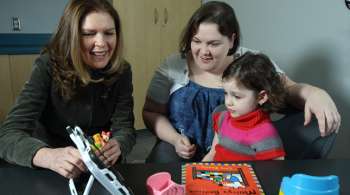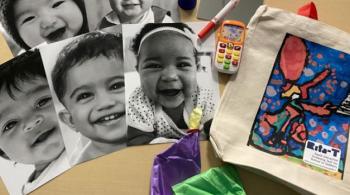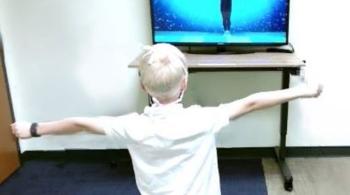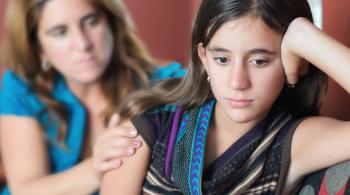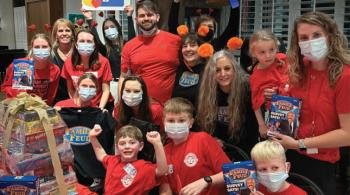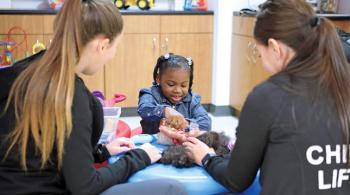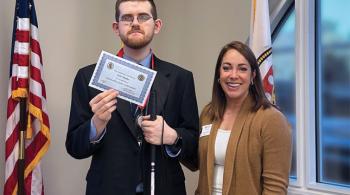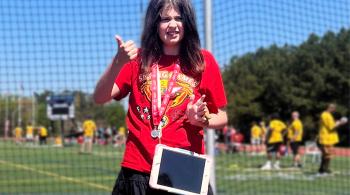
Amy Myers
When Amy Myers learned Kennedy Krieger Institute would be opening a school in southern Maryland, where she grew up, she knew at once she wanted to be involved. Formerly the principal of two Kennedy Krieger School Programs, Myers is now the educational director of Kennedy Krieger School: Southern Maryland Campus in St. Mary’s County.
“I get to do what I did in Baltimore all these years, but now in my home community, which is incredibly meaningful,” she says.
Capital and operational start-up funding to open the school came partly from the state of Maryland and the federal government, thanks to Maryland state Sen. Jack Bailey, who serves southern Maryland, and U.S. Rep. Steny Hoyer. The school opened at the end of August, with six students with intellectual and developmental disabilities in grades two through eight. Myers hopes to enroll nine more students by the end of the school year, and reach targeted capacity—45 students—within a few years. Ultimately, the school will serve students ages 5 to 21.
All five Kennedy Krieger School Programs are nonpublic schools, serving public school students who are referred and funded by their local school systems. All of Maryland’s nonpublic schools are dedicated to serving students with disabilities, but this is the first nonpublic school in this part of the state. Before it opened, many of its students were traveling hours each day to attend school elsewhere.
It’s so important for students to practice being a part of the community in which they live.” – Amy Myers
The school offers instruction in language arts, mathematics, science, social studies, art, physical education, health, life skills, social skills and career exploration. Work-based learning will be incorporated at the high-school level. The school will also be taking students on field trips for community-based instruction.
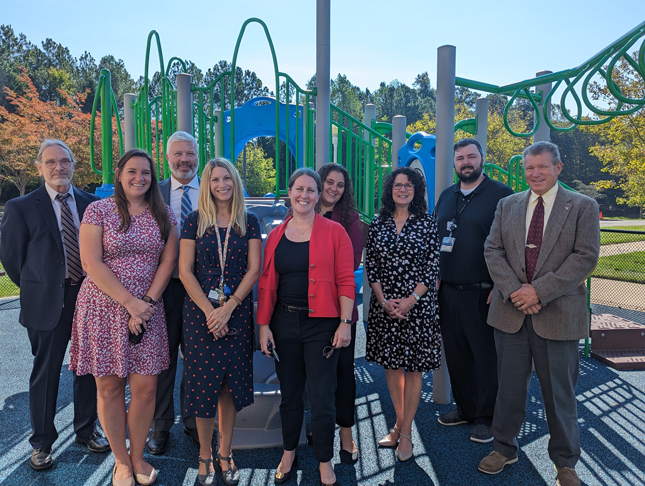
Maryland state Sen. Jack Bailey (far right), who serves southern Maryland in the Maryland Senate, with staff members of Kennedy Krieger, including of Kennedy Krieger School: Southern Maryland Campus
“This is time for students to practice skills and work on behavior goals for being out and about,” Myers says. For example, students may visit the post office or a take-out restaurant to practice mailing a letter or ordering from a menu. “It also helps the community learn about our students and how to include them in community life,” she adds.
“It’s so important for students to practice being a part of the community in which they live,” she continues. “This helps them become so much more independent, which is our goal—to have independence and meaningful opportunities within their community and life.”

